
by: SEO Strategist
Ashot Nanayan
Ashot Nanayan is the CEO and Founder of DWI and a seasoned SEO strategist. With a proven track record of...
All Articles by Ashot Nanayan
Updated October 17, 2025
You can’t even blink an eye, and one after another, new AI tools are launched, flooding the feeds of popular media outlets and dominating conversations among top influencers on LinkedIn. Today, I want to talk about a tool that seems to be striving to become the number one competitor to ChatGPT; the AI assistant that has simplified our daily tasks, solved many problems, and, let’s admit, has become a tool many of us can’t live without.
Today I want to talk about DeepSeek, an AI tool that promises smarter contextual responses, better user adaptability, and a suite of unique features that, according to some, could push it ahead of the current AI king.
But, setting promises aside, does it have the strength to keep this momentum going, or will it disappear as quickly as it showed up?
In this review, we’ll explore everything, from its core technology and practical use cases to a head-to-head comparison with ChatGPT. What does DeepSeek do differently? Where does it fall short? Most importantly, what does this mean for AI’s future, and yours as a user? Whether you’re an AI enthusiast, a marketer, or just curious about what could disrupt ChatGPT’s reign, you’re in the right place.
Let’s break it down and see if DeepSeek really has what it takes to change the game.
DeepSeek is a Chinese AI company that creates open-weights LLMs. It is an advanced data intelligence platform that uses the power of artificial intelligence and machine learning to perform deep data extraction, comprehensive trend analysis, and exhaustive searches across surface and hidden web spaces.
DeepSeek combines natural language processing, predictive analytics, and robust data visualization capabilities to transform raw, unstructured data into meaningful, actionable insights.
DeepSeek is Expertly built to support a diverse range of users who operate within data-intensive environments. Here’s a closer look at its primary beneficiaries:
From startups to large enterprises, businesses rely on data to drive growth, optimize operations, and enhance customer experiences.
DeepSeek’s trend analysis and sentiment analysis features allow marketers to gain deep insights into their target audiences, customizing campaigns that connect and drive engagement.
Professionals who specialize in data analysis find DeepSeek’s robust analytical capabilities essential. The platform streamlines the data processing workflow, allowing analysts to focus on analyzing results and generating insights rather than managing data logistics.
In fields ranging from social sciences to healthcare, researchers depend on accurate and comprehensive data to support their studies. DeepSeek facilitates the discovery and analysis of pertinent information, enhancing the quality and scope of research projects.
Even beyond large organizations, individual professionals who deal with complex data, such as financial advisors, consultants, and strategists can utilize DeepSeek to enhance their productivity and the precision of their work.
DeepSeek has developed a series of advanced AI models, each customized for specific applications. Here’s an overview of their key models:
DeepSeek-R1: A reasoning model that is very good at executing complex tasks, particularly in mathematics and coding. It reportedly matches or even surpasses OpenAI’s o1 model on benchmarks like AIME and MATH1.
DeepSeek-V3: An open-source language model that achieves significant breakthroughs in inference speed over previous models. It tops the leaderboard among open-source models.
DeepSeek-Coder: Specializes in code generation and understanding, trained on a vast corpus of code data. It has demonstrated state-of-the-art performance among open-source code models.
DeepSeek-VL: A vision-language model for tasks that require understanding text and visual information. It is a multimodal large language model capable of processing and generating content that involves both modalities.
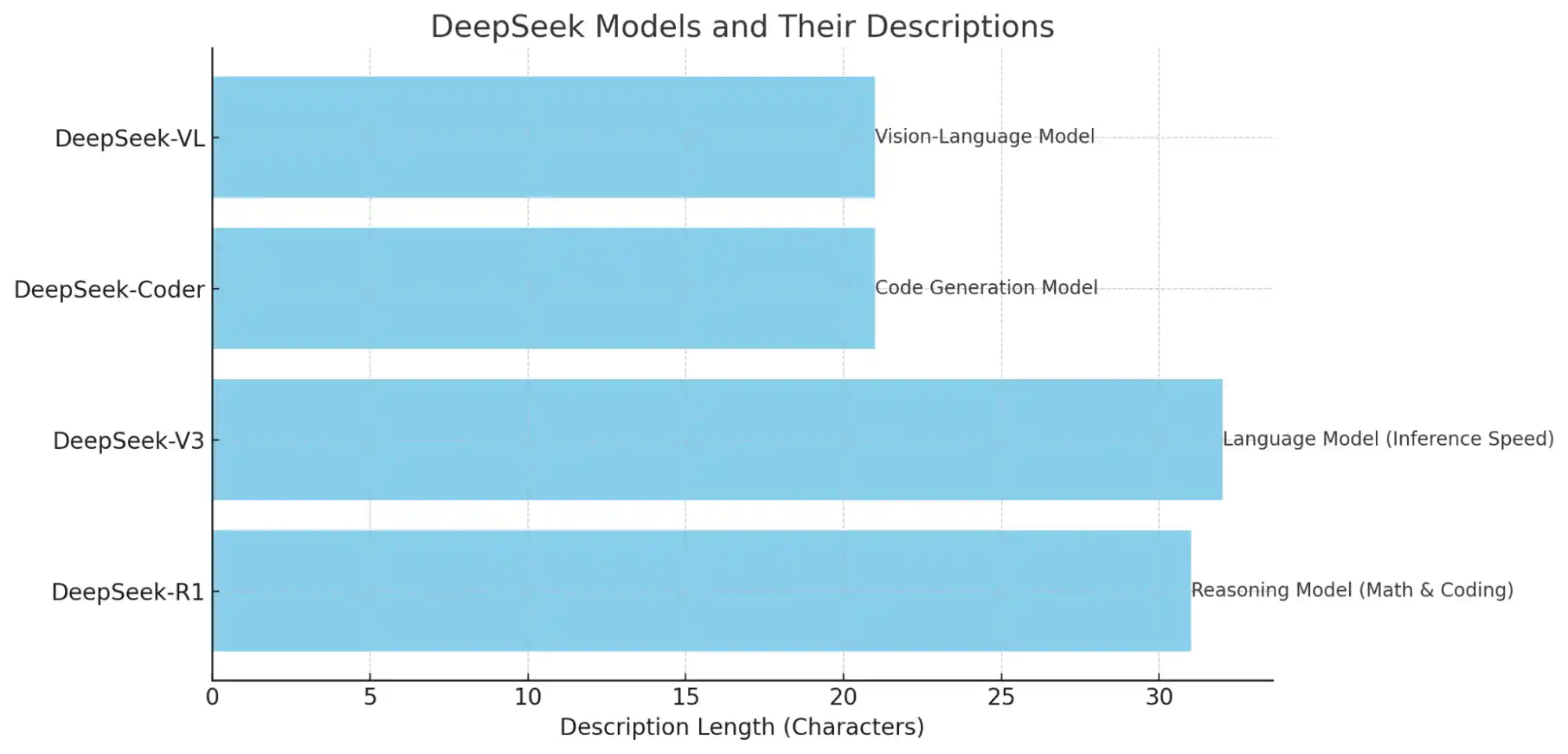
DeepSeek exploded onto the scene like a silent tsunami. In just the last 12 months, it’s racked up 10 million+ downloads from Google Play (Android users love their data hacks).
The U.S. dominates as DeepSeek’s largest market, claiming 28% of all downloads; no surprise, given its Fortune 500 obsession with hyper-competitive intel. However, India is breathing down its neck with a 19% market share (and growing 200% faster YoY).
On Monday, January 27th, 2025, DeepSeek surged to the #1 spot across 57 countries, including major markets like the US, UK, and Australia, pushing ChatGPT down to second place.
DeepSeek has skyrocketed to the top of the app stores with more than 3 million downloads since its launch.
It catapulted to the #1 spot on the U.S. App Store on January 26th, up from #31.
On Google Play, it flew up to #5 from #133 on January 24th.
Daily active users jumped by over 110% globally and in the U.S. between January 24th and 25th compared to the previous week.
DeepSeek’s Top Markets Globally (all platforms, including underground channels):
A reported 23% stems mostly from direct website downloads and enterprise API integrations (E.g. Alibaba cloud partners) because Google Play doesn’t exist in China, so 95% of mobile downloads come from third-party Android stores like Tencent MyApp or Huawei AppGallery.
28% of China’s “direct website” traffic masks users tunneling through VPNs to scrape global data (like U.S. patent filings or EU regulations).
DeepSeek’s top industries
The download growth trajectory of DeepSeek across various platforms.
And of course, as an SEO expert, I couldn’t pass up the chance to explore keyword trends:
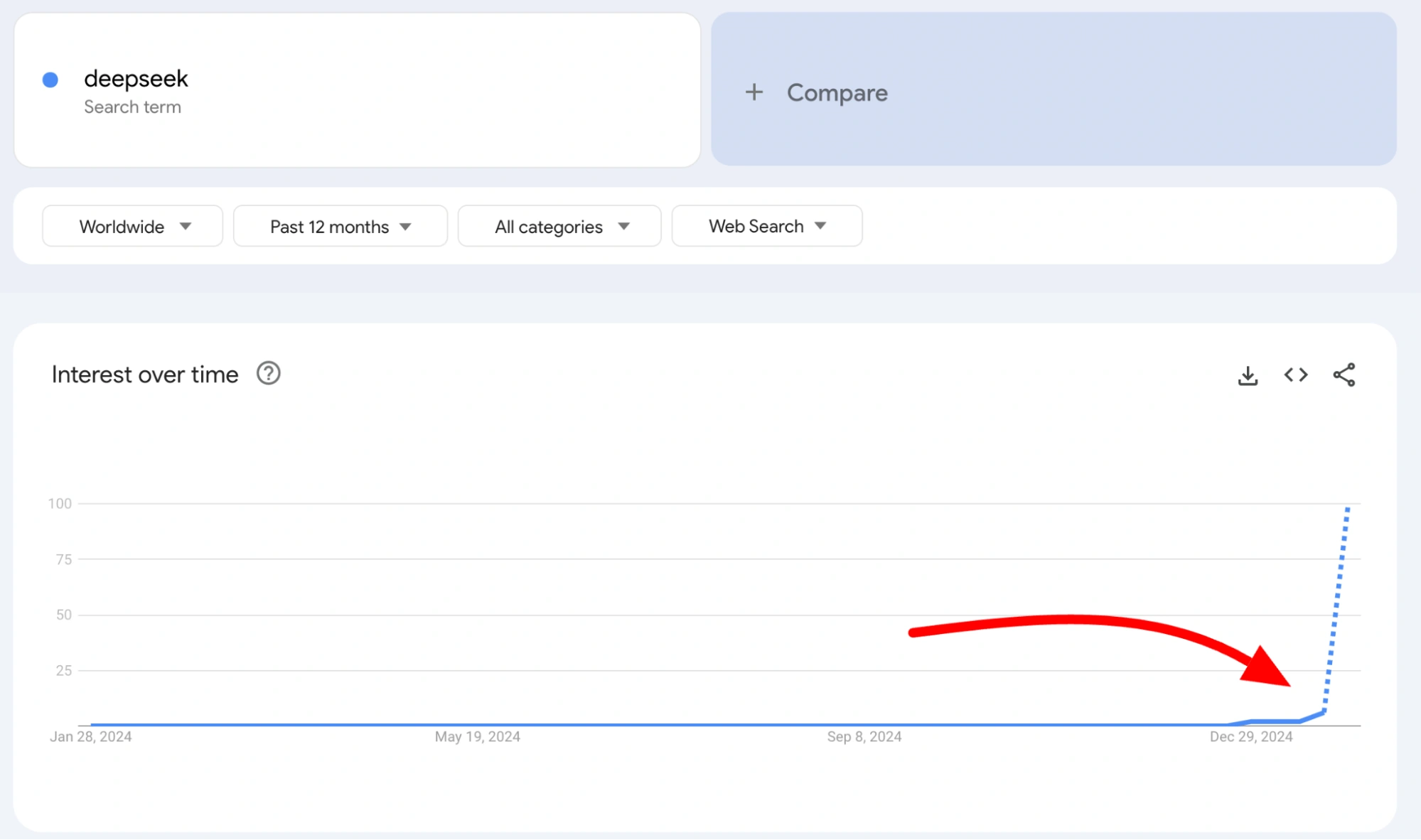
Over the years, I’ve integrated a suite of AI-powered tools into my workflow; ChatGPT, Claude.ai, Perplexity.ai, Gemini, and others. Each of these tools brought something unique to the table. But recently, DeepSeek caught my attention, and I began studying it to understand its advantages, and disadvantages, and how it can fill the gaps in other tools.
Now, let’s delve deeper and see how DeepSeek’s features stack up against some of its notable competitors.
| Feature | DeepSeek | ChatGPT | Gemini |
|---|---|---|---|
| Advanced AI-Powered Search | Utilizes deep learning algorithms to understand complex queries, context-aware results, and semantic search capabilities. Offers personalized search experiences based on user behavior and preferences. | Primarily designed for conversational interactions, ChatGPT can handle search-like queries but lacks specialized search optimization. It relies on pre-trained data up to its knowledge cutoff and doesn't offer real-time search capabilities. | Gemini integrates deeply with Google's search infrastructure, offering robust AI-powered search features similar to DeepSeek. However, it emphasizes integration with Google's ecosystem, which may limit customization outside of it. |
| Real-Time Data Integration | Yes, integrates with live data sources to provide up-to-the-minute information. | No, relies on pre-existing knowledge up to its last update. | Yes, uses Google's extensive real-time data capabilities to provide up-to-date search results. |
| Personalization | Highly personalized search results based on individual user profiles, behavior, and preferences. | Limited personalization; responses are generated based on general user interactions without deep customization. | Highly personalized search results based on Google's vast user data and behavior analysis, comparable to DeepSeek's offerings. |
| Integration Capabilities | Extensive integration with various platforms, databases, and APIs, allowing for a unified search experience across multiple channels. | Primarily integrates with platforms that support conversational AI, lacking extensive API integrations for search purposes. | Seamlessly integrates with Google's suite of products and services, providing a unified search experience across various platforms. |
| Natural Language Processing (NLP) | Advanced NLP capabilities that understand and interpret complex queries, including idiomatic expressions and multifaceted questions. | Strong NLP for generating human-like text but less specialized in interpreting search-specific queries with high precision. | Advanced NLP capabilities powered by Google's research, offering highly accurate and context-aware search interpretations. |
Begin your DeepSeek journey by visiting the official website. The easiest way to experience DeepSeek-R1 is through its free chatbot application, available on the web and for iOS and Android devices. Due to its recent surge in popularity, users may occasionally face slow signups or delays in app responsiveness. However, if you possess technical skills, you can directly access R1 from Hugging Face.
On the homepage, you will see two options:
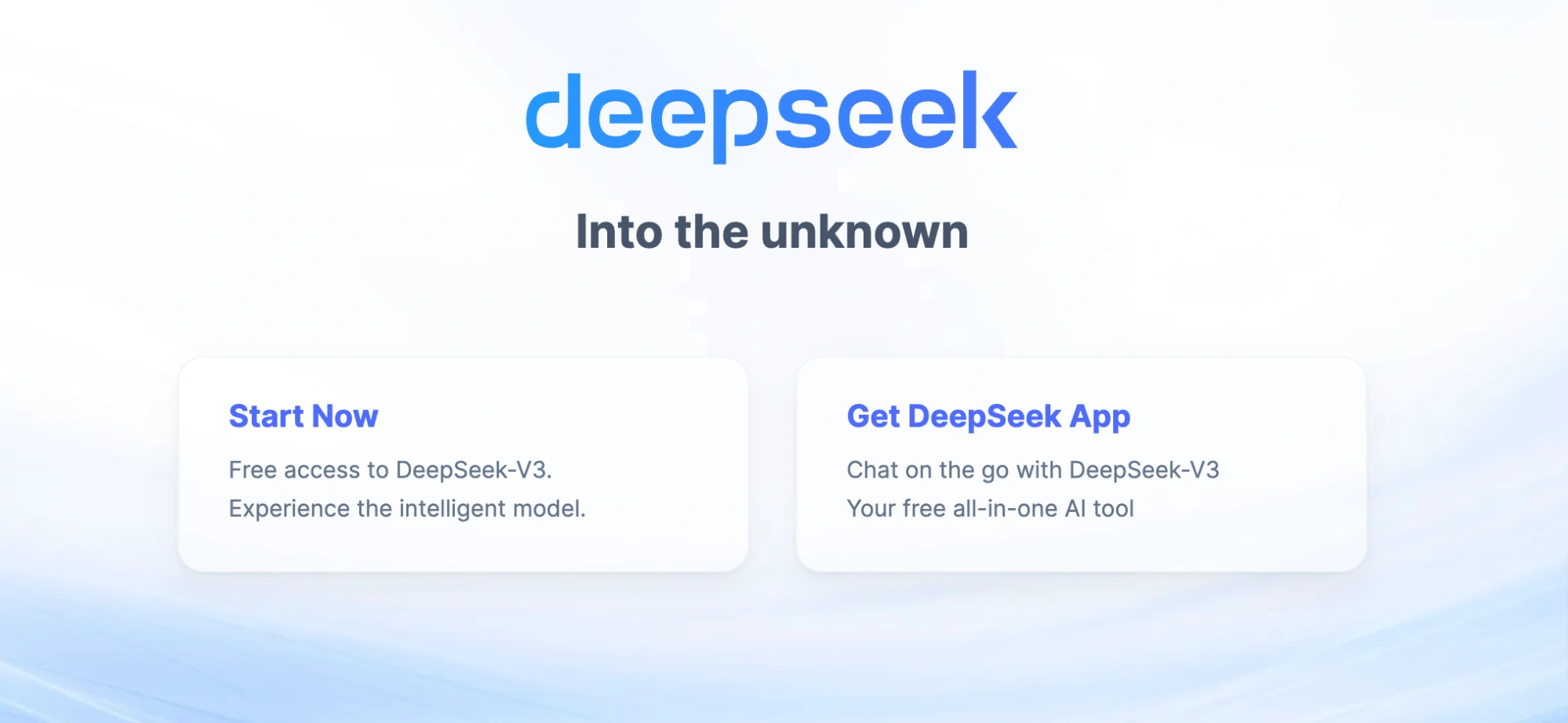
If you have intensive tasks such as large data analysis, and complex computations, or if you need to have the full functionality of DeepSeek, you can download the app from Google Play or the App Store.
Pros: More processing power, stable environment for large datasets, enhanced performance, and access to all features.
Cons: Requires installation and might not be portable.
Best for: Easy access without installing anything. Also ideal if you’re using DeepSeek for real-time data integration and collaborative projects.
Pros: No need for installation, accessible from any device with an internet connection, easy sharing and collaboration features.
Cons: Might be less responsive compared to a desktop application, dependent on your internet connection.
Click it to initiate the registration process. You’ll be prompted to enter essential details such as your name, email address, or phone number, and a secure password. After filling in the information, verify your email through the confirmation link sent to your inbox.
You can also log in directly with your Google account.
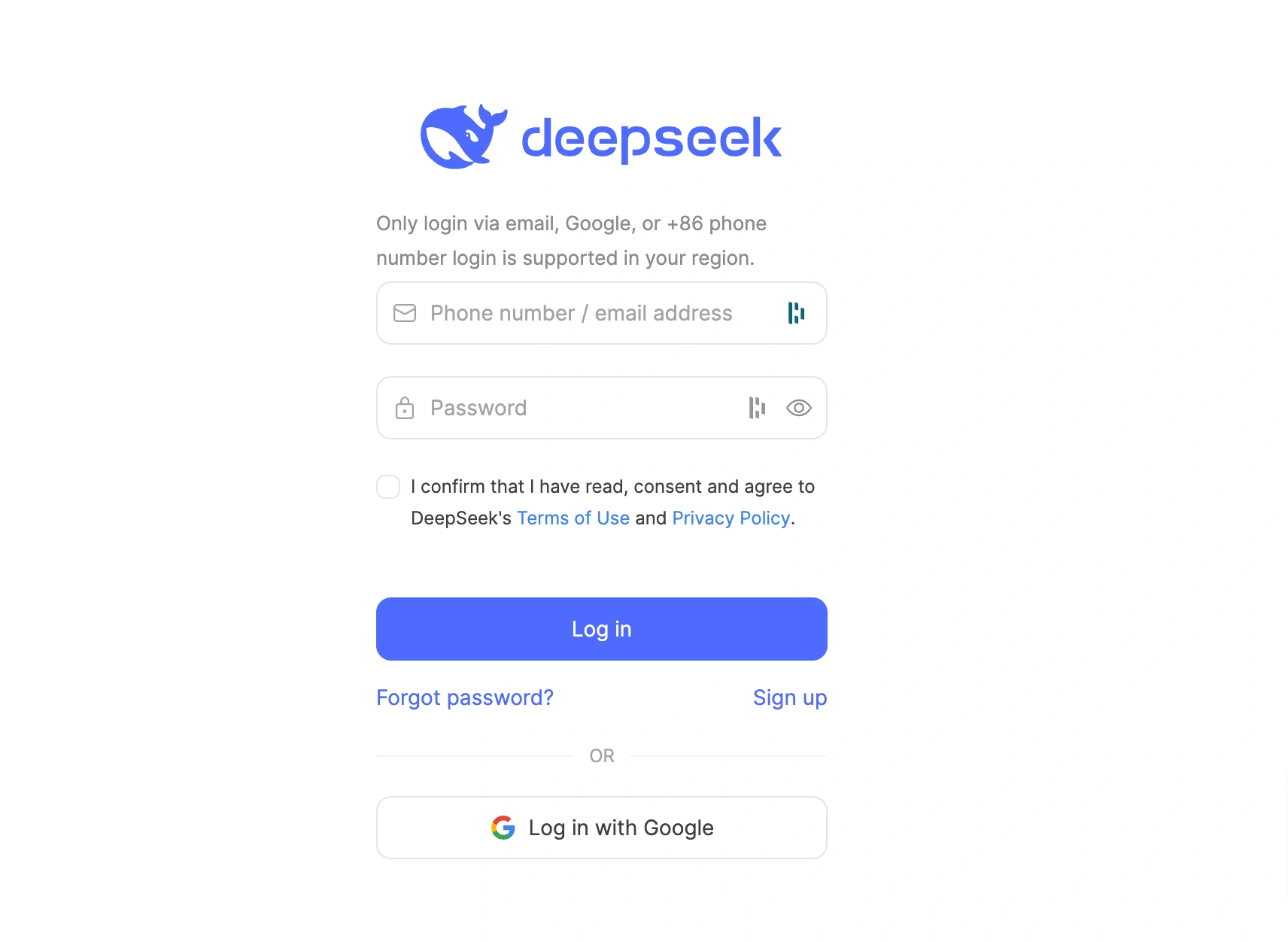
Upon logging in, you’re greeted by DeepSeek’s intuitive dashboard. The layout is thoughtfully designed to streamline your workflow. On the left side, the navigation bar houses all primary functions like Projects, Analytics, and Settings.
The central area displays your active projects, while the right panel provides quick access to notifications and recent activities.
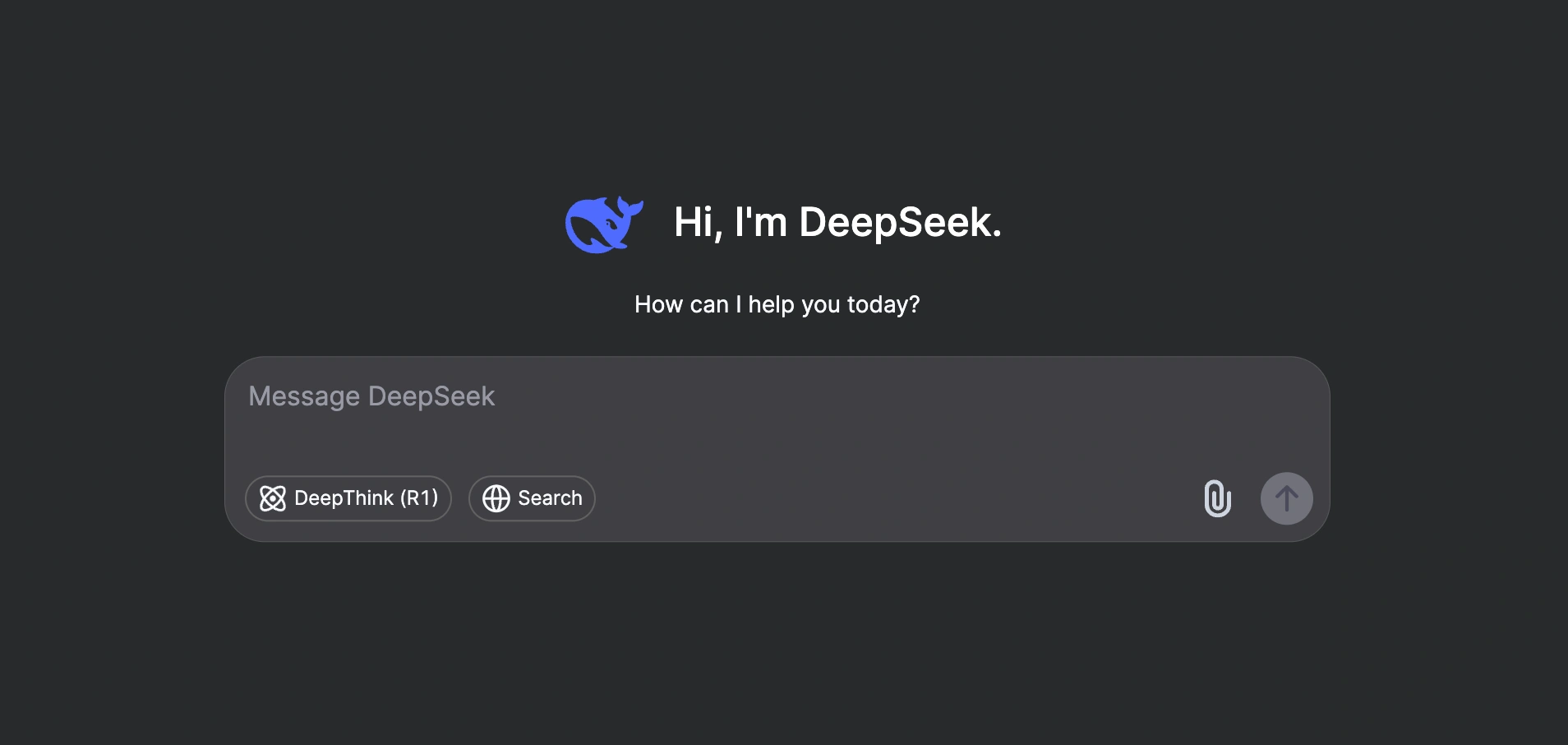
To start a new project, click the “New Project” button located in the top-left corner of the dashboard. A dialog box will appear, prompting you to name your project and select relevant categories or tags. Choose a name that clearly reflects the project’s purpose, making it easier to manage multiple projects in the future.
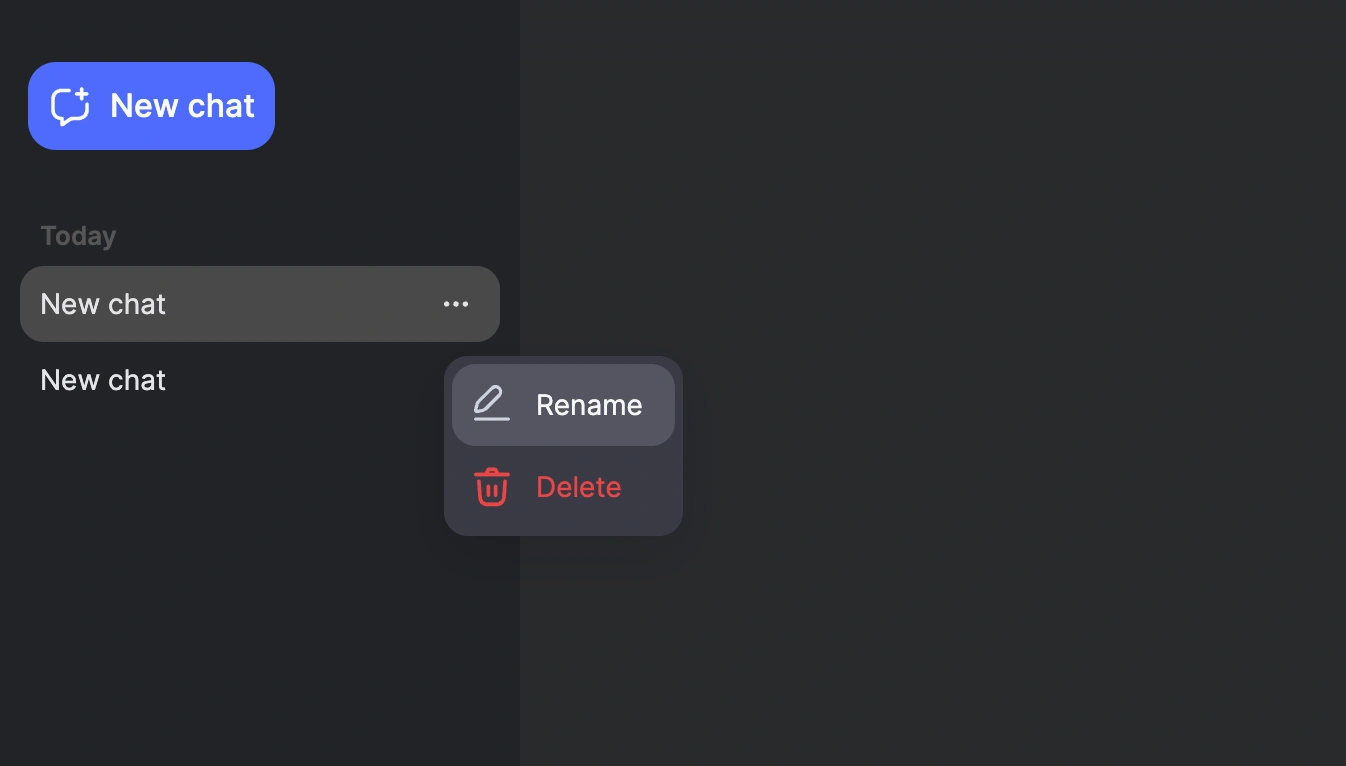
You can import data if you have large datasets that you want DeepSeek to analyze, such as structured data (e.g., CSV, JSON files) or real-time data streams (e.g., from APIs).
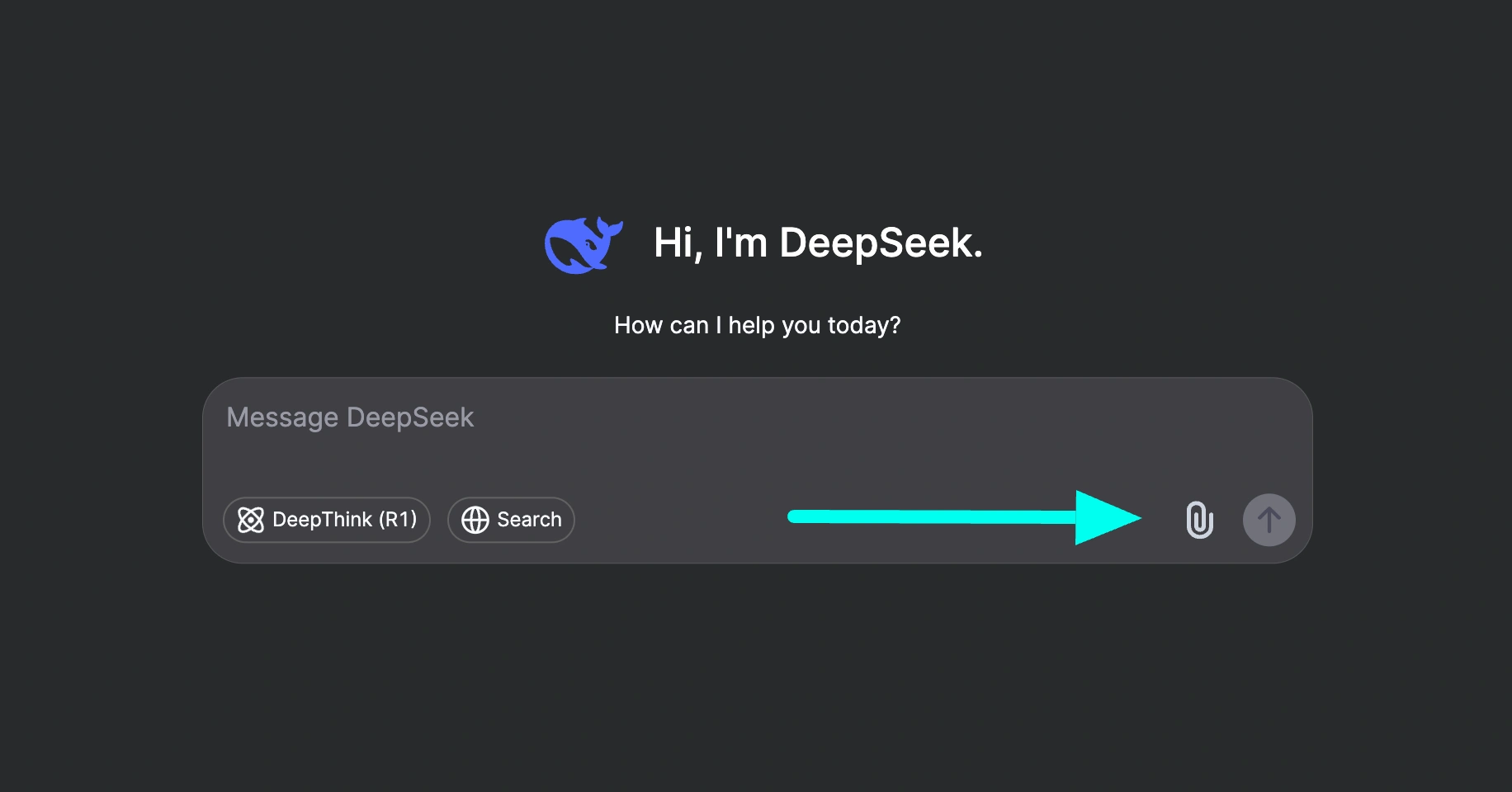
When to use:
Pros:
If you’re looking for quick insights or need DeepSeek to generate responses, suggestions, or analysis based on specific queries.
When to use:
Pros:
In many cases, it might make sense to combine both: import your data for deep analysis and work with prompts for specific insights or explorations on top of that data.
DeepSeek supports multiple data formats, which strengthens the flexibility of your searches. Here’s how to select the appropriate data types:
Identify Your Needs: Determine what kind of data you are looking for. For example, textual data, images, or structured datasets (like spreadsheets).
Use Filters: In the search interface, look for options to filter by data type. This might include: text for articles, reports, or any written content.
Images: If your search involves visual content, utilize image recognition features.
Structured Data: For databases or spreadsheets where you need specific fields.
To narrow down your search results to the most relevant information you can also apply some filters:
Date Range: Specify a date range to find data from a particular period. This is useful for trend analysis or historical comparisons.
Relevance Score: Use relevance filters to prioritize results based on their contextual fit with your query.
Content-Type: Filter results by content type (e.g., blogs, academic papers, news articles) to make the most out of it.
Formulate queries in natural language rather than simple keywords. For example, instead of searching for “sales trends,” ask “What are the recent sales trends in the electronics industry?”
Use multiple filters in combination to refine your search further. For instance, if looking for recent academic articles on AI in healthcare published within the last year, apply both date and content type filters.
Utilize DeepSeek’s advanced analytics features to visualize trends and patterns in your search results. Don’t hesitate to try different query formulations. If initial searches yield unsatisfactory results, rephrase your questions or adjust filters until you find a combination that works.
DeepSeek provides unique capabilities that can further enhance your search experience:
Take advantage of real-time analytics for timely insights that can influence immediate decision-making processes.
Multi-source Data Integration: Integrate data from various sources like social media, databases, and websites into one cohesive dataset for comprehensive analysis.
Don’t repeat the mistake I made a few months ago.
Pay attention to how your interactions with DeepSeek influence future searches. Since the platform learns from user behavior, providing feedback on results will help improve its accuracy over time. If certain results don’t meet your expectations, adjust your queries or filters based on insights from previous searches.
As you analyze the search results, take notes on key insights and findings, as they’ll be valuable for future reference or presentations. I also recommend organizing everything systematically. You could create a structured format to categorize insights by themes or relevance, making them easier to access later.
To integrate DeepSeek with other applications, you first need to access the DeepSeek Open Platform and obtain an API key. The key is essential for authenticating requests and guaranteeing secure access to DeepSeek’s features.
DeepSeek can be integrated into various applications through different methods:
Direct API Calls: For example, you can use HTTP requests to interact with DeepSeek’s API directly from your application. This is suitable for developers who want to build custom integrations.
SDKs and Libraries: Utilize available SDKs (Software Development Kits) for languages like Python, PHP, or JavaScript. These libraries simplify the process of making API calls and handling responses.
Third-Party Tools: Finally, you can also use integration platforms like Zapier or n8n, which allow you to connect DeepSeek with other applications without extensive coding. These platforms provide pre-built workflows that can automate tasks between different services.
Here are some notable platforms that integrate with DeepSeek:
Integrate with chat clients like WeChat or QQ to enable AI-driven responses within messaging environments.
Connect DeepSeek with tools like Notion or Trello to enhance task management and note-taking capabilities using AI insights.
Use plugins for IDEs (Integrated Development Environments) such as VS Code or JetBrains to incorporate AI assistance directly into your coding workflow.
For example, you can integrate DeepSeek with chat applications like WeChat or Slack, to create AI-powered chatbots that provide instant support to customers.
If you’re a content creator, you can integrate DeepSeek with platforms like WordPress to speed up the writing process.
I explored the web, diving into forums, user reviews, and platforms like Google Play to uncover what people are saying about DeepSeek. As of February 1, 2025, here’s a detailed look at user sentiments regarding DeepSeek’s performance, accuracy, ease of use, and customer support.
Users frequently commend DeepSeek for its speed and reliability compared to competitors. Many have noted that it performs significantly faster than other AI models, with one user highlighting that it can achieve results 20 to 40 times cheaper than similar offerings from OpenAI. The consensus is that DeepSeek provides a responsive experience even during peak usage times, making it a strong contender in the AI industry.
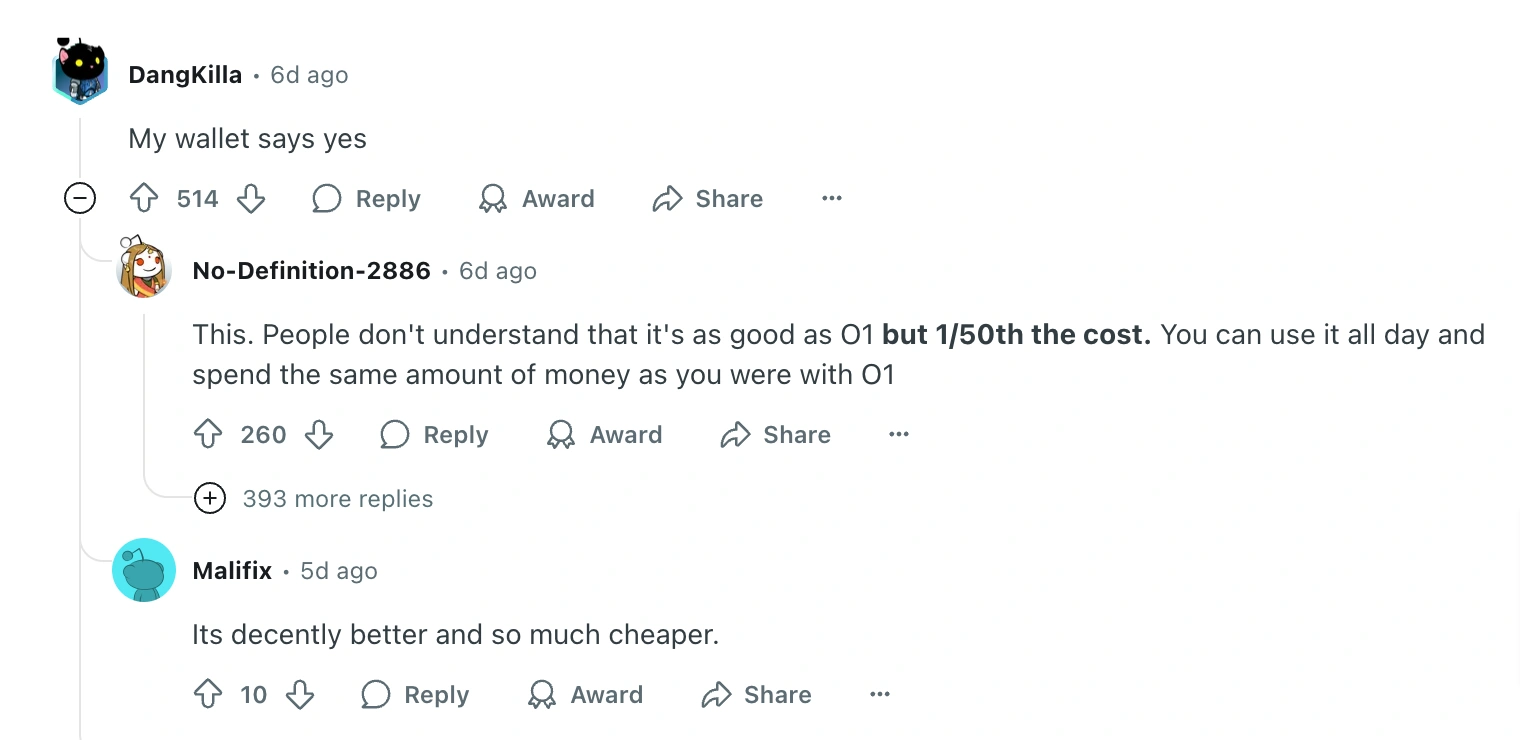
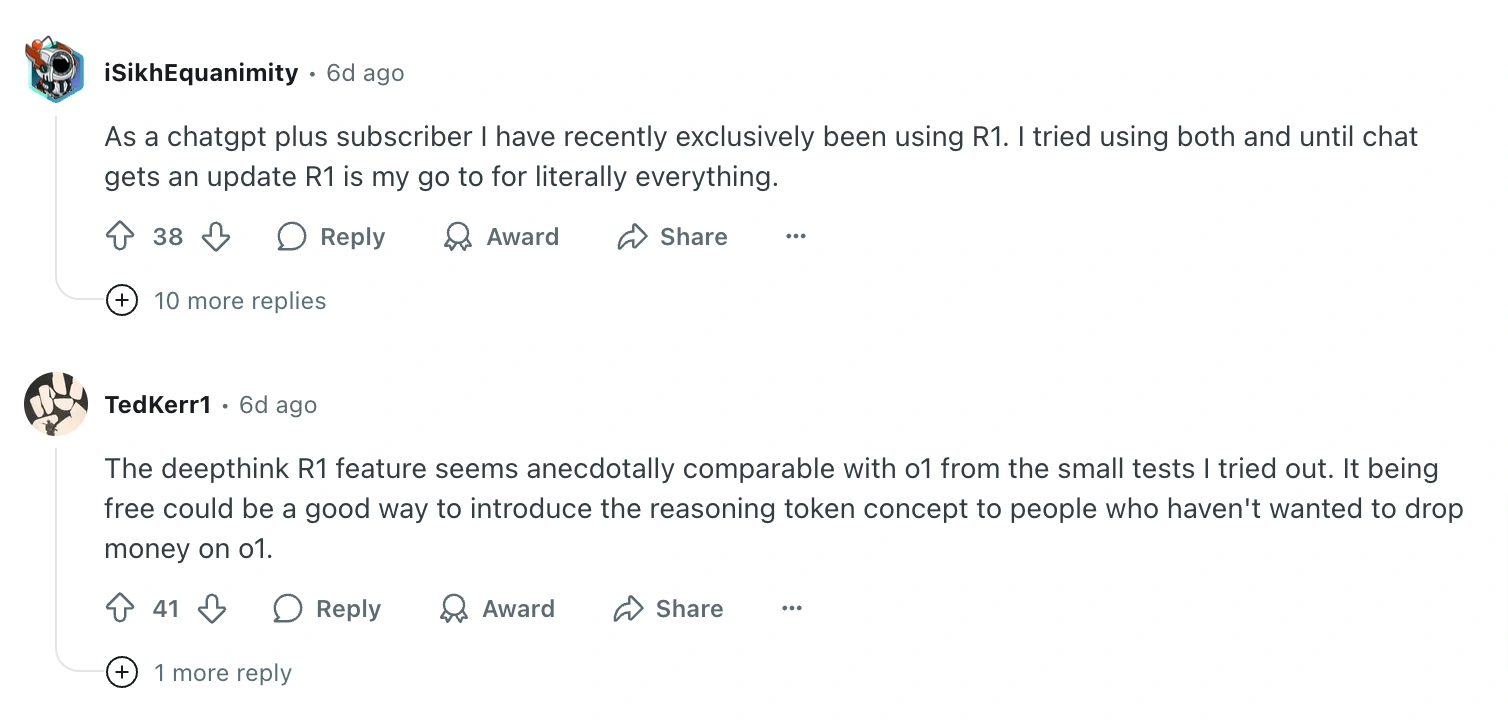
Feedback indicates that DeepSeek delivers relevant and precise results. Users have reported satisfaction with the model’s ability to handle complex queries and provide contextually appropriate answers. One reviewer mentioned that DeepSeek is great at coding tasks, and maintaining code structure effectively. The overall sentiment suggests that users find the depth of data provided by DeepSeek to be impressive, often on par with more established models.
On the other hand, some users admit that AI responses are quite similar to those of ChatGPT, for example.

The customer support experience has received mixed reviews. Some users appreciate the responsiveness of the support team, while others have reported longer wait times for assistance. However, the presence of an active community on forums offers additional support where users can exchange tips and solutions.
I know that many SEO professionals and enthusiasts are currently focused on tools like ChatGPT for SEO, perhaps because it has captured significant attention. However, as an SEO strategist eager to automate processes and maximize the potential of various SEO tools, I felt compelled to explore DeepSeek for SEO as well.
Recently, I decided to take a deep dive into the capabilities of DeepSeek compared to the widely popular ChatGPT. I wanted to see how these two powerful AI tools stack up against each other for the specific SEO tasks I typically perform. So, I selected the top three everyday SEO tasks I regularly do with ChatGPT and experimented with them using DeepSeek, applying the same prompts.
I found that DeepSeek and ChatGPT generated similar outputs. The text produced by both tools was rich in AI vocabulary. They both included relevant keywords and maintained a character count that would fit well within search engine limits. However, neither tool truly stood out in terms of creativity or unique flair. It felt like I was reading variations of the same AI-generated text, which left me wanting a bit more personality in those descriptions.
Nobody can argue with me. ChatGPT provides well-structured content outlines.
DeepSeek produced some broken links and offered very general points to consider, which made it somewhat less useful for crafting an article that can rank on search results. In contrast, ChatGPT’s outline was detailed and organized (As always), guiding me through the structure of the content effectively.
My experience with DeepSeek led me to believe it’s not quite ready for prime time yet. The content generated felt somewhat robotic and lacked the nuanced understanding of context that is often necessary for expert SEO content writing. In my opinion, while DeepSeek has great potential for data-driven tasks (coding, forecasting, etc), it struggles with producing human-level content.
Of course, when I generate content with ChatGPT, everything isn’t always ideal, but at least ChatGPT understands the prompts better and avoids generating the same text for different prompts.
Yes, DeepSeek is indeed suitable for beginners, and I can confidently say this based on extensive research and personal experience. DeepSeek features an intuitive chat interface that resembles popular AI tools like ChatGPT. I think the familiarity makes it easy for new users to navigate and start using the platform without a steep learning curve.
I found numerous beginner-friendly resources available, including video tutorials and guides that walk users through the setup process and demonstrate how to make the most of DeepSeek’s features
To effectively run DeepSeek, it’s essential to make sure that your system meets specific requirements for optimal performance. After thorough research and personal insights, here’s a detailed overview of the system requirements for DeepSeek as of February 1, 2025.
Windows 10 or later
macOS: macOS 10.15 (Catalina) or later
Ubuntu 18.04 or later
CPU:
Multi-core processor (Quad-core or higher recommended)
GPU:
High-performance GPU (NVIDIA with CUDA support is typically required for AI tasks)
For smaller models (7B, 16B), a strong consumer GPU like the RTX 4090 is sufficient.
For larger models (67B+), multiple enterprise-grade GPUs such as A100 or H100 are recommended.
RAM:
Minimum of 8GB (16GB or more recommended for AI-related tasks)
SSD with at least 50GB of free space (more space required for handling large datasets)
Software Dependencies
Python: Required for model training and scripting.
CUDA Toolkit: Needed for GPU acceleration.
Deep Learning Libraries: Such as TensorFlow and PyTorch.
Yes, you can run DeepSeek locally on your machine, and I believe this option offers significant advantages for users who prioritize privacy, control, and performance.
How to Run DeepSeek Locally
Installation of Ollama: First, you need to install Ollama, a framework that simplifies the management of AI models on your local machine. It is compatible with macOS, Windows, and Linux.
For macOS, you can use Homebrew:
Alternatively, you can download it directly from the Ollama website.
Once Ollama is installed, you can take the DeepSeek model onto your machine by executing:
This command downloads the main DeepSeek R1 model, which is optimized for local execution. After installation, you can run DeepSeek directly from your terminal:
This allows you to interact with the model without needing an internet connection.
I think all these require some technical skills. I mean users should ideally have some background in IT or software development to set it up successfully.
The DeepThink model in DeepSeek is an advanced AI framework that upgrades reasoning and problem-solving capabilities, particularly in complex tasks such as mathematics and logical inference.
Yes, you can analyze multiple data types at once with DeepSeek. This capability is one of the platform’s standout features. According to multiple sources, DeepSeek employs advanced artificial intelligence algorithms that enable it to handle multimodal data effectively, making it a powerful tool for comprehensive analysis.
For instance, in the healthcare sector, DeepSeek can analyze patient histories alongside imaging data and research studies simultaneously.
Moreover, DeepSeek’s natural language processing (NLP) capabilities allow it to interpret user queries in context, which enhances its ability to retrieve relevant information across different data types
This means that whether you’re looking for insights from structured databases or unstructured content like social media posts, DeepSeek can deliver relevant results efficiently.
From my perspective, this feature significantly enhances the analytical power of DeepSeek.
Yes, there is a free version of DeepSeek available, and it offers impressive capabilities for users looking to explore AI without any financial commitment. DeepSeek provides access to its AI chatbot through the DeepSeek-V3 model and the reasoning model, DeepSeek-R1, at no cost.
Complex queries in DeepSeek refer to advanced search requests that go beyond simple keyword matching, allowing users to extract more nuanced and relevant information from the platform. These queries leverage the capabilities of DeepSeek’s natural language processing (NLP) algorithms, which analyze not only the words used but also the context and intent behind them.
For example, asking “What are the best practices for digital marketing in 2025?” will result in insights into current trends in mind rather than generic marketing advice.
Users can refine their searches by setting specific parameters, such as geographic location or time frame. For instance, a query like “Show me recent trends in renewable energy investments in Europe” will return focused results relevant to that context.
Yes, you can definitely automate repetitive tasks using DeepSeek, and I believe this capability is one of its standout features. Based on my research and personal experience, DeepSeek is good at various automation workflows, making it a valuable tool for individuals and businesses.
DeepSeek is a privately held artificial intelligence company based in China, fully owned and funded by the hedge fund High-Flyer. Since its establishment in 2023, High-Flyer has been the exclusive financial backer of DeepSeek, providing the necessary resources for its development and growth. The founder and CEO of DeepSeek, Liang Wenfeng, is also a co-founder of High-Flyer, which has played a crucial role in shaping the company’s strategic direction. The company operates as a wholly-owned subsidiary of High-Flyer, which is known for its expertise in AI-driven trading algorithms.